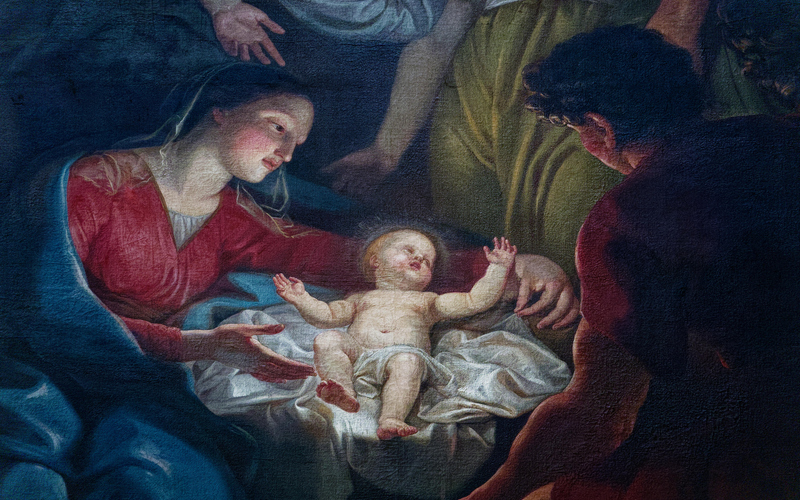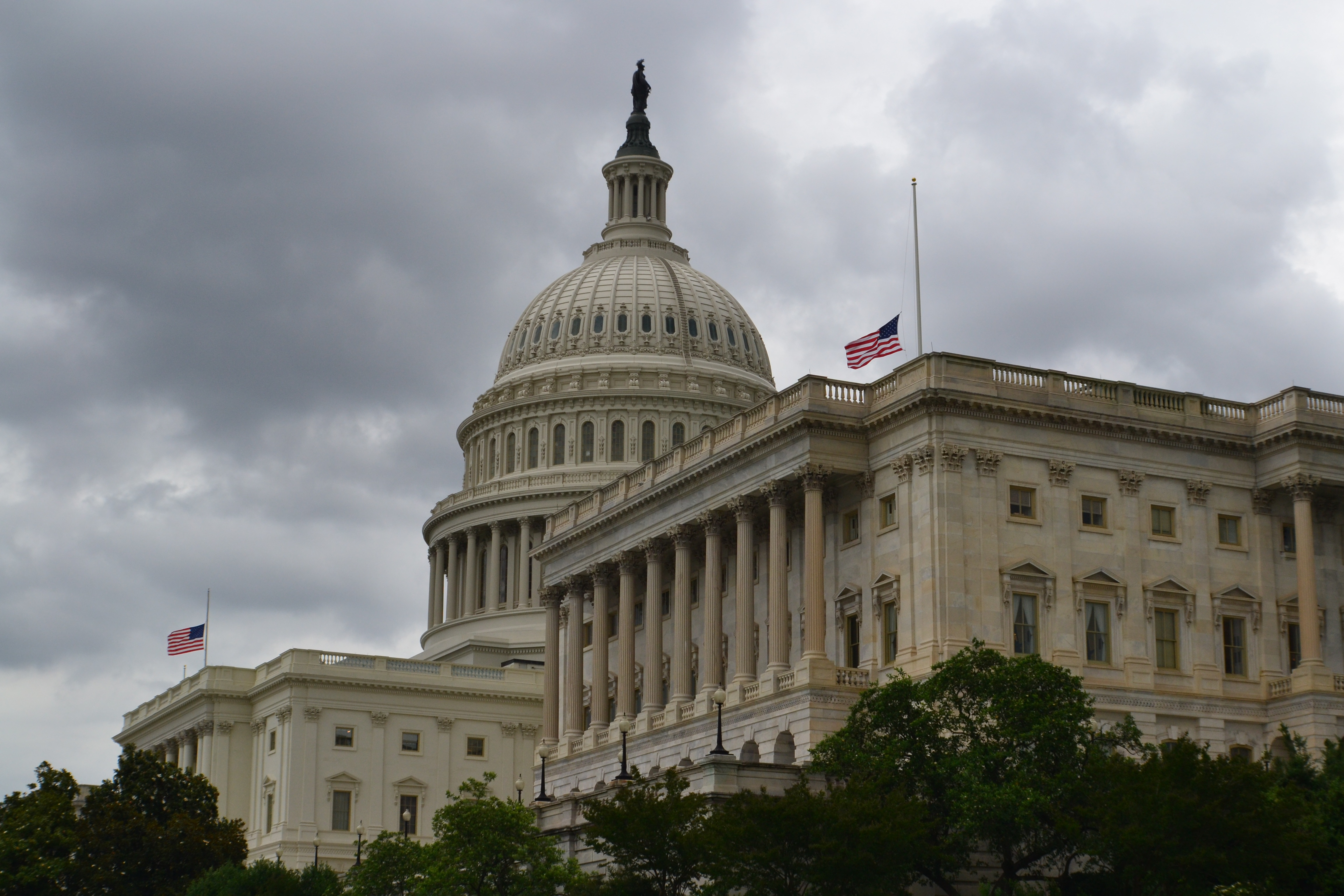Lest We Forget
Sign up for a six month free
trial of The Stand Magazine!
On October 7, 2023, at the end of the Jewish holiday of Sukkot, shocking reports of early-morning attacks on Israel by Hamas terrorists began to travel around the world.
Initial accounts of the assault came via frantic phone calls from Israeli residents near the Gaza border. Loved ones listened in horror as panicked family members tearfully spoke their last goodbyes amid sounds of gunshots, explosions, and screams.
In Toronto, Canada, Yoav Shimoni was confused when he opened his grandmother Bracha Levinson’s Facebook page late on October 6 and saw gunmen shouting and standing over the 74-year-old woman.
“I saw a video with her lying on her living room floor,” Shimoni explained to ABC News, “with her arms clenched on her chest, covered in blood, and blood surrounding her.”
Hamas terrorists posted similar celebratory videos as they maniacally laughed while raping, beheading, and burning their Jewish victims alive in real time.
A tide of change
Initially, the world seemed to voice unanimous outrage at the targeted, animalistic massacre of over 1,400 innocent individuals.
Speaking from the White House on October 7, after the Hamas attacks, President Joe Biden declared, “The United States stands with Israel. … Terrorism is never justified. Israel has a right to defend itself and its people.”
But soon, responses from many college students, journalists, and even congressional leaders morphed from collective condemnation to justification to vindication of the premeditated annihilation of Jews living along the Gaza Strip.
Christians and Jews across the nation watched in disbelief. Signs carried by campus protestors proclaimed, “We stand with Palestine,” “Israel is the terrorist,” and “From the river to the sea, Palestine will be free.”
A backward spiral
So much for the post-World War II promises of “Never again!”
For generations, this was humanity’s collective cry of mourning for the 6 million people murdered simply for being Jews; it was the universal anthem of regret over the darkest moments of modern history.
The world vowed to never forget the Holocaust – and never let it happen again.
But 80 years later, many in America did forget. And their response to the Hamas massacre of Jews on October 7 is proof of that amnesia.
Renowned author and Holocaust survivor Elie Wiesel spoke against such generational forgetfulness in his 2001 Holocaust Day of Remembrance address: “Do we know how to remember the victims, their solitude, their helplessness? They left us without a trace, and we are their trace.”
To be “their trace” – to never forget the blood-soaked horrors of the Holocaust – America must be diligent in teaching her children the true story of the past.
Of course, history is best understood through the stories of those who lived it, and a tiny town in West Alabama has an important and relevant chapter to contribute to the World War II chronicle. There, the paths of American liberty and Nazi antisemitism intersected, making universal impacts.
A window into the past
The Aliceville Museum in Aliceville, Alabama, is more than a display of curiosities from an earlier time; it is a window into the past that reminds visitors that both evil and its victims have faces.
John Gillum, the museum’s executive director, spoke about the historic impact of what took place at Camp Aliceville.
“It’s been stated over and over,” said Gillum, “but it’s still very true. If we do not learn from the past, we will repeat it. So we believe it’s important to document the story of the German prisoners who were sent to Aliceville as part of the overall history of World War II.”
Today, few Americans realize that over 500 prisoner-of-war (POW) camps were constructed in the U.S., housing 425,000 Axis prisoners from 1942 through 1945. With a cadre of temporary buildings spread over 800 acres, Camp Aliceville was one of the largest of those camps, capable of housing up to 6,000 POWs at once.
Visitors to Aliceville Museum can view an introductory film on the background of the camp, daily life for the POWs, and the interaction between the prisoners and their captors. Interviews with German POWs, recorded later in life, are eye-opening for viewers and remind them of the prisoners’ humanity.
In addition to the film, this small museum amazingly contains the nation’s largest collection of World War II artifacts from German POW camps.
“We have been gifted various pieces from family members of both workers and prisoners of Camp Aliceville, everything from artwork to clothing,” Gillum explained. “Before the camp was demolished, a local man saved murals the POWs had painted on the walls. Four of those murals are exhibited here.”
Camp life was relatively easy for the German prisoners, especially compared to conditions American soldiers experienced in prison camps run by German and Japanese forces. This marked difference was due to America’s strict adherence to all Geneva Convention protocols concerning POWs.
Subsequently, German officers and non-commissioned officers (NCOs) were not required to work but often did so to escape the monotony of camp life. They were paid for their labor with coupons exchangeable for commissary goods.
As another pastime, the prisoners wrote and printed a camp newspaper, Der Zaungast, a German colloquialism for “Fenced Guest.” And ironically, on October 7, 1943, the prisoners officially opened a book bindery to publish their own works.
Besides enjoying writing, painting, woodworking, and pottery, some POWs played organized sports such as soccer and tennis, while others took college-level classes, including English and ethics.
A door to the unexpected
“One of the POWs,” Gillum shared, “came back years later and visited the museum. He opened his wallet and pulled out a small, yellow certificate documenting his completion of a camp ethics class. He credited the lessons he garnered there with forever changing his life for the better.”
Over a thousand civilian, military, and government workers helped run the camp. Some were local residents, but others came from around the nation. Their payroll greatly impacted the lingering Depression Era economy of Aliceville.
These workers also impacted the lives of the German POWs, who had been indoctrinated to expect great mistreatment from America and her people. The prisoners had also been erroneously told that Germany had bombed and destroyed major American cities such as New York and Washington D.C.
Years later, Horst Uhse, a former German POW, told Gillum that he and fellow prisoners fully believed they were being transported to America to be killed. When he finally arrived in Aliceville, he realized that he was not destined to die, and he credited the camp’s medical team with carefully nursing him back to health after suffering from battlefield malaria and jaundice.
“If this was how America treated its enemy,” reasoned Ushe, “then America was where I wanted to live.”
In 1956, Ushe did return to the U.S. with only four dollars in his pocket, and he eventually made his home in Michigan with the aid of a local church. From his own accounts, he married, raised a family, and lived the American dream.
Like Ushe, other POWs repeatedly returned to Alabama after the war, often declaring that time spent there was “the best time of their lives.” The records of those visits and the entirety of the exhibits at Aliceville demonstrate the power of the American people to offer dignity and just treatment to its enemies during World War II – without forgetting the toll of their deeds upon the entire world.
Recalling and tracing the entirety of that story is the purpose of the Aliceville Museum. It’s a stark reminder that justice demands Americans remember the past.
The fear of forgetfulness
But Gillum fears the museum’s purpose is in danger of being lost.
“Only one public school class has visited us thus far this school year,” he said. “We get lots of homeschoolers, some private school students, a host of adults, but not as many classes as we used to see.”
Therein lies a big problem for America – a failure to remember and trace the stories of the past, including the stories of the 6 million Jews murdered in the Holocaust.
If more American students had visited Aliceville Museum or the hundreds of other history museums throughout America and had been given the chance to see and hear those World War II stories for themselves, then perhaps the response to the terrorist massacre of October 7, 2023, might have been different.
With more real-life history lessons on the Holocaust, perhaps there would have been less protest signs waved in support of Hamas and emblazoned with “Long live Palestinian freedom fighters.”
But sadly, 80 years later, the children of this nation are currently repeating history’s costly sin of blatant antisemitism … all because America failed to remember.
(Digital Editor's Note: This article was published first in the January/February print edition of The Stand).

Sign up for a free six-month trial of
The Stand Magazine!
Sign up for free to receive notable blogs delivered to your email weekly.



















